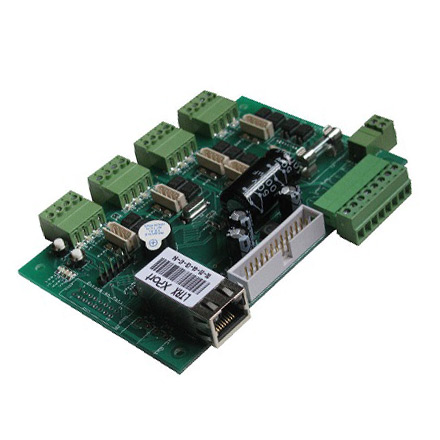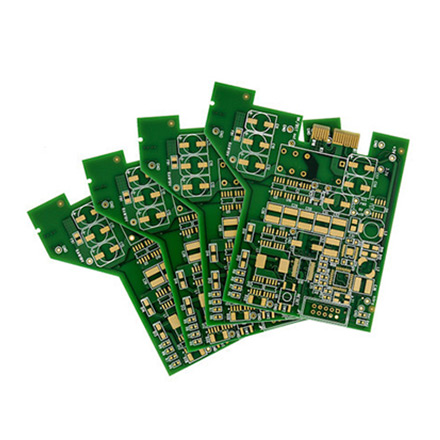A surface silvered mirror, often referred to as a first surface mirror, is an essential component in various optical applications. Unlike traditional mirrors where the reflective coating is applied on the back, a surface silvered mirror has its reflective layer applied directly onto the front surface of the substrate. This unique construction reduces the likelihood of light loss and ghosting effects, making it exceptionally valuable in precision optical instruments.

For those venturing into the realm of high-quality optics, understanding the benefits and applications of surface silvered mirrors is paramount. These mirrors are pivotal in industries where accuracy and sharpness are non-negotiable. Their application can be found in telescopes, laser systems, and even advanced imaging equipment, where they enhance the precision and clarity of captured images. The true advantage of a surface silvered mirror lies in its ability to reflect nearly 100% of incident light. This property makes it indispensable in scientific research and technological innovations.
One notable aspect of surface silvered mirrors is the diversity of materials used in their substrates. Materials such as glass, quartz, and metal are often chosen based on the specific needs of the application. Each material offers unique benefits. For instance, glass is an affordable option suitable for general use, while quartz provides higher thermal stability, making it ideal for environments with fluctuating temperatures. Metal substrates might be chosen for their robustness and enhanced durability.

Moreover, the types of coatings applied to these mirrors further diversify their functionality. Silver, aluminum, and gold are the common reflective coatings used, each providing distinct reflectance qualities. Silver offers high reflectivity across visible light, making it suitable for telescopic and general-purpose optical systems. Aluminum is known for its longevity and resistance to tarnishing, ideal for outdoor applications. Meanwhile, gold coatings are exceptional for infrared applications, which are common in military and aerospace industries.
surface silvered mirror
The manufacturing process of surface silvered mirrors demands a high level of expertise. Starting with the selection of the appropriate substrate, precision machining ensures the surface is perfectly flat before the application of the reflective coat. This process guarantees the production of mirrors that uphold the highest optical standards. Technological advancements have enabled more efficient manufacturing techniques, allowing for the production of mirrors that can cater to increasingly intricate demands in modern optics.
Real-world experience shows that choosing the right mirror significantly influences the performance outcomes of optical devices. Experts in optics often stress the importance of considering factors such as substrate material, coating type, and application environment when selecting a surface silvered mirror. The reputation and reliability of the manufacturer also play a critical role in ensuring product quality and longevity. Trustworthy suppliers often provide guarantees on coating durability and reflectivity efficiency, reinforcing consumer confidence.
Through consistent innovation and research, surface silvered mirrors continue to push the boundaries of what's possible in optics. Their role in enhancing image quality and system efficiency cannot be overstated. As industries evolve towards greater precision, so too must the components they rely on.
Surface silvered mirrors stand out as a testament to human ingenuity in the quest for optical perfection.
In summary, the effectiveness of a surface silvered mirror in any optical application derives from its construction quality and suitability for the task. For those in pursuit of superior optical performance, investing in a high-caliber surface silvered mirror is imperative. The promise of unparalleled reflectivity and minimal light loss provides an edge in demanding environments, making these mirrors a cornerstone of optical advancement.



